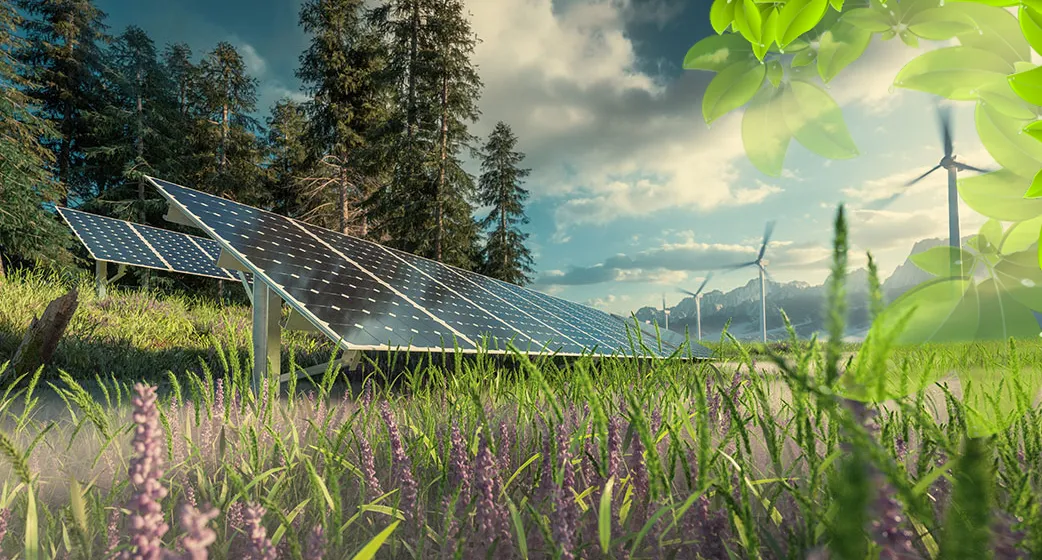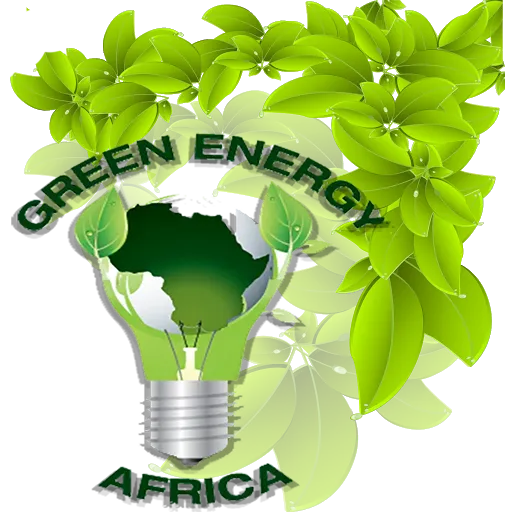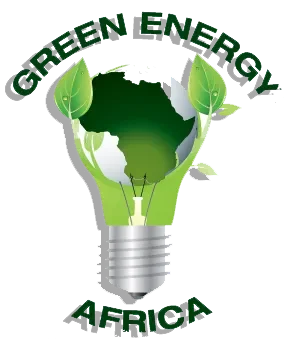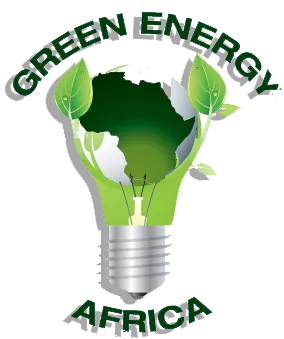Kenyan-based Green Energy Africa is a socially responsible enterprise that focuses on delivering clean energy solutions to communities through the use of sustainable, renewable energy technologies. Established in 2010, GEA specializes in providing renewable energy systems like solar and wind power that offer electricity without harming the environment or exhausting its resources.
One of the key advantages of GEA’s renewable energy solutions is that they are cost-effective and sustainable for community projects. By leveraging the power of wind and solar energy, GEA is able to reduce operating costs, making energy accessible to people who would otherwise be unable to afford it.
At GEA, we work closely with our partners and entrepreneurs through the Wind Energy Resource Entrepreneurs Program (WEREP), which enables us to provide daily lighting and cooking services that are powered by free fuel sources like wind and sun. This allows for truly sustainable community projects that benefit both people and the environment.
Overall, Green Energy Africa’s commitment to providing renewable energy solutions that are affordable, sustainable, and accessible to all is making a significant impact on communities across the region.
by Green Energy Africa
RENEWABLE ENERGY
Energy poverty is a problem that affects millions of people across the world, particularly in developing countries. It is defined as the lack of access to modern energy services that are essential for basic needs such as cooking, lighting, and powering appliances. Renewable energy is increasingly being viewed as a solution to energy poverty, as it provides clean and sustainable energy sources that can be harnessed to meet the energy needs of communities. In this article, we will explore some of the facts about renewable energy and its potential to transform the lives of millions of people worldwide.

Solar Energy: A Viable Solution to Energy Poverty in Kenya
Kenya, a country with a population of over 40 million people, is facing significant energy poverty challenges. Despite the fact that the country has a wealth of renewable energy resources, only 2 million households are connected to the grid, which is just 23% of the population. In rural areas, the situation is even worse, with only 5% of households being connected to the national grid. However, solar energy has emerged as a viable solution to Kenya’s energy poverty problem. One solar power plant can provide clean energy to more than 30,000 homes, making it an effective way to provide access to energy in remote areas.
Renewable Sources of Energy
Renewable energy comes from natural sources that can be replenished, making it a sustainable alternative to fossil fuels. Examples of renewable sources include biomass (wood, wood waste, municipal solid waste, landfill gas, ethanol, and biodiesel), water (hydropower), wind, and solar. Unlike fossil fuels, non-biomass renewables (hydropower, wind, and solar) do not emit greenhouse gases directly, making them a cleaner alternative.

The Power of Sunlight
The sun is a powerful source of renewable energy that has the potential to meet the world’s energy demands. It is estimated that enough sunlight falls on the Earth’s surface every hour to meet the world’s energy demand for an entire year. Solar energy is a clean and sustainable alternative that is increasingly being used to power homes, businesses, and communities.
Renewable energy is a viable solution to energy poverty, particularly in developing countries. The use of solar energy in Kenya is an example of how renewable energy can provide clean and sustainable energy to communities. With the potential to harness natural resources like wind, water, and sunlight, renewable energy has the ability to transform the lives of millions of people across the world. It is time for governments, businesses, and communities to come together and invest in renewable energy solutions to create a sustainable future for all.

